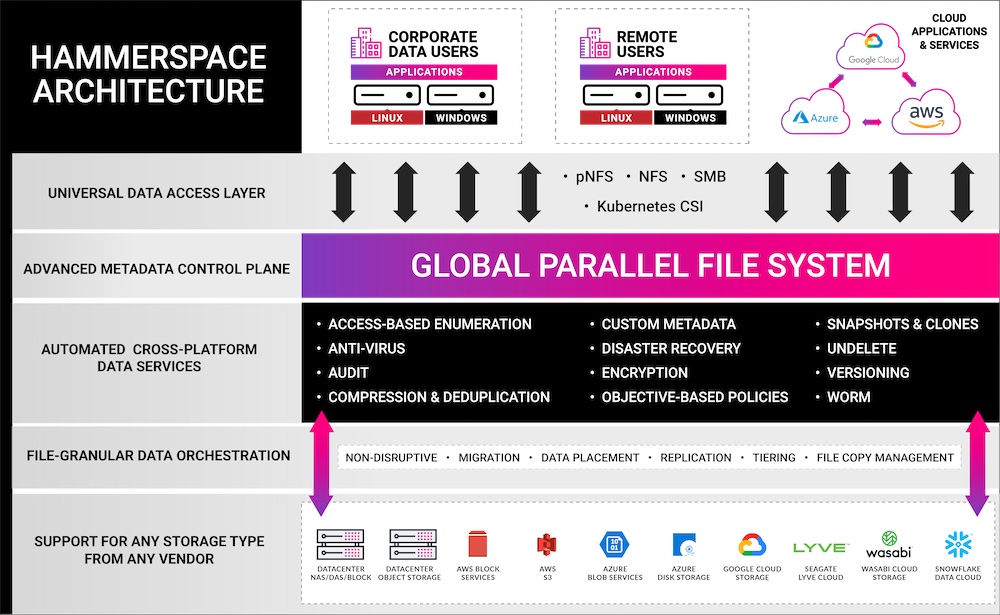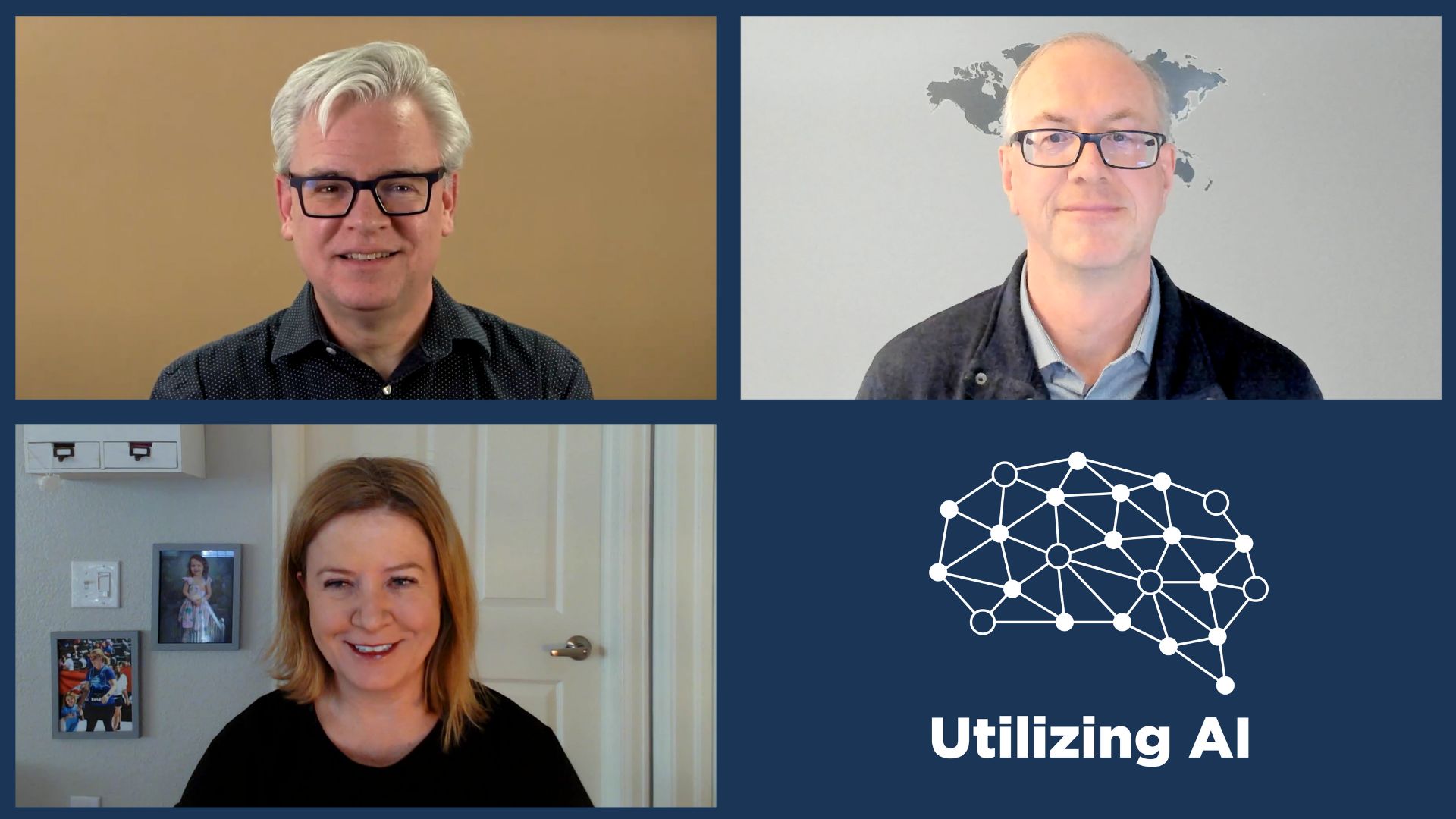Data management is not a mere infrastructure challenge, it’s an information challenge.
Far too many companies—and far too many vendors, let’s be honest—focus on the infrastructure that data lives on when they should be thinking more about the data itself. It’s understandable; infrastructure is where the data lives, it is a significant cost center, and you do need to care about it at some level. It’s just that the conversation is so often dominated just by discussions about which type of storage to use, which vendor, how it connects to the network—mundane technical things.
If you’re the CIO of a data-driven business, you need to get your IT team largely out of those conversations. Encourage them to elevate their thinking. Show them you expect recommendations and architectures that address your global data challenge.
Instead of focusing on technical minutiae, look at your overall portfolio of data and what data services you need to support.
You can divide the global data challenge into a few major buckets:
• Where does your data need to be available?
• Where should it absolutely not be available?
• What could possibly go wrong?
Where Do I Need Data?
Treating data as a service means understanding your internal customers’ needs. What data do different business units need, and why? Do they really need a copy of the full production dataset with all the risks that entail, or can you meet their needs in a safer, faster way?
Can you change and adapt as new needs for data come along? Can you push data to another cloud location to take advantage of cheaper compute? Can you give a new data scientist or researcher rapid access to a high performance read/write system if they need it? Can you help your peers achieve their goals, perhaps even with self-service data access, rather than being the one who says no all the time?
Where Should Data Not Be?
Of course, not all data should be available to everyone. Data privacy and security are fundamental. Some will be private customer data that they have entrusted to you, and you need to keep that trust with them. Some will be data that you don’t want your competitors—or cybercriminals—to be able to see.
Can you make data available to those with a genuine need for it without risking privacy and security? Can you find a way to say “Yes” securely and safely? Can you use a mix of options that suits the many and varied circumstances across the business that need different approaches within a common framework?
What Could Go Wrong?
Protecting data from accidental or malicious damage is expected. You need to ensure that all of your data is appropriately protected and stays that way. You have to have a global view of what’s happening with your data wherever it lives. Encryption, efficient storage, data protection, anti-malware, disaster recovery, and automation tooling are all expected.
You need to have a global view, using metadata about your data to make good decisions. You need to know where your data is and how it’s being handled before you can decide if something needs to change. And you need to be able to adapt to changing priorities, budgets, and opportunities. For all that, you need a flexible system that can work with what you already have, and what you’ll add later.
Global Data Management
Treating this as a global data management challenge rather than a technical infrastructure challenge means you can stop getting bogged down in battles over which storage array is best and concentrate on having a mix of technologies that suit your business needs.
By implementing a Global Data Environment, you can set policies at a global level on all your datasets at once. Define the number of copies, recovery point objectives, and disaster recovery approach for all of your organization’s data through a single policy—or sets of policies for different data types.

You can tune your budgets, both OpEx and CapEx, to get the right mix of tools that suits the way you work today and that can change to suit tomorrow’s needs. Constant change requires a highly automated data management system that knows where your data is and what it’s doing; one that isn’t locked into a single vendor’s ecosystem but that spans vendors, clouds, and applications.
There are plenty of vendors who want to sell you infrastructure, but few that can help you work with information. Start looking for solutions designed to handle the global data supply chain challenge. Expect features like a global file system, advanced metadata, and data unification across data storage no matter where it physically exists: at the edge, in the cloud, or anywhere in between.
Change your thinking to look at data management as a business organisation challenge, not a technical infrastructure challenge, and partner with vendors that work at this level.




